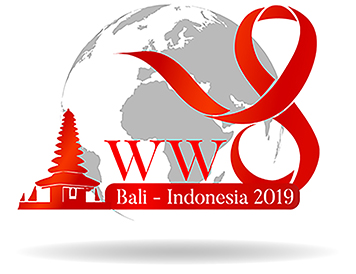Ciamis Regency General Hospital, West Java, Indonesia
Abstract
Objective: Stevens-Johnson Syndrome (SJS) is a rare, acute immune complex hypersensitivity reaction characterised by sheet like skin and mucosal loss. It is a potentially fatal disease with a mortality rate of 5% - 15% and often presents as a life- threatening medical emergency. SJS has become increasingly reported amongst patients co-infected with tuberculosis and HIV patients who are on anti-tuberculosis therapy. We present a case study of a tuberculosis drug that induced SJS in an HIV seropositive patient and review its association with drugs commonly used in the treatment of HIV infection.
Case and Management: A 36-year-old man with HIV was diagnosed with SJS induced by his medication for a co-infection with tuberculosis. The patient d was referred from the Internal Medicine Department with an erosive lesion on the labial, buccal and palatal mucosa together with and a hemorragic crust on his lips. He developed SJS after only 15 days of anti-tuberculosis treatment using rifamficin and isoniazid. The adverse reaction associated with anti-tuberculosis drugs are frequently delayed reactions. For the treatment, we gave systemic corticosteroids: Dexamethasone injected IV, antihistamines Cetirizine tablets. For the oral lesions, Chlorhexidine gluconate 0,2% gargle, Triamcinolone acetonide in orabase 0,1%, Dexamethasone ointment for the lips and B12 vitamins 50 mg, folic acid 1 mg. The Rifamficin and Isoniazid were stopped and desensitisation for the drugs resulted in an improvement of the patient. After 10 days of treatment in the hospital the patient's lesions were getting better.
Conclusion: The slow tolerance induction scheme for anti-tuberculosis drug in a patient who had presented with SJS after receiving those drugs was effective when u the described protocol was followed with continuous hospital monitoring for the first ten days. A cautious approach should still be used when no alternative treatment is available. In addition, a careful risk and benefit assessment of the treatment should be shared with the patient so that informed consent can be obtained.
Keywords: Stevens-Johnson syndrome, Tuberculosis drugs, HIV


